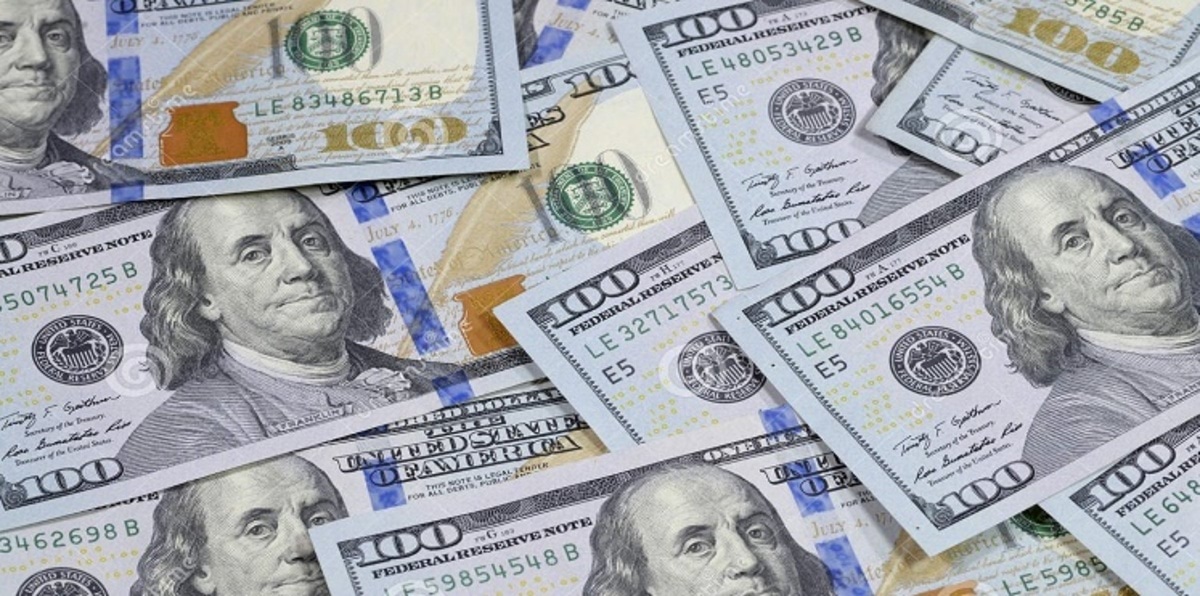
 23 December، 2021
23 December، 2021
 ابحاث السوق
ابحاث السوق
 Views
: 624
Views
: 624

data The general index of the US dollar continues to maintain the 96 levels with some rises, with the opening of the European markets for today’s session, Thursday, the 23rd of December, the last technical sessions of the week, with the start of the Christmas holidays tomorrow, Friday, where the general index of the US dollar is trading at 96.188 levels, up by about 0.8%, after losing more than From 0.40% yesterday, Wednesday, coinciding with the rise in risk appetite in the markets and the rise in currencies and high-risk assets.
The improvement in risk appetite in the markets came from the decline in market fears about the new mutant, Omicron, despite its rapid spread, especially after statements by Moderna Company, in which it confirmed that another booster dose of its vaccine would be sufficient against Omicron, and US President Joe Biden announced that the United States of America would not announce a new state of closure. Like March 2020, with vaccinators reaching more than 200 million Americans, the country is now more prepared than before.
Reports coming from the White House and optimistic about the possibility of reaching an agreement with Senator Joe Manchin regarding the stimulus package in Congress is also supportive of the state of optimism in the markets.
The economic data issued by the US economy was mixed and failed to support the US dollar during the US session yesterday, Wednesday, as US consumer confidence rose in December to 115.8 points from 111.9 in November, exceeding expectations, as the index came supported by the rise in the expectations index to its highest level in five months at 96.9, while the current conditions index decreased to 144.1.
On the other hand, sales of previously owned homes rose in November by 1.9% to 4.46 million units, compared to 4.34 million in the October reading (expectations of 6.55 million units). Today, Thursday, in the American session, the markets are awaiting a series of economic data from weekly unemployment claims, durable goods, new home sales, and personal income and spending indicators.
One of the most important data released today is the PCE or personal consumption expenditures index, which is the preferred indicator for inflation at the US Federal Reserve, where expectations indicate that The annual index rose to 5.6% in November after rising by about 5% in October. The main index, excluding food and energy prices, rose to 4.5% from 4.1%.
The US Federal Reserve in the last meeting, according to the report of the Det Bolot, raised its expectations for the PCE to 5.3% this year, compared to the estimates of September, which were at 4.2%.
Therefore, any rise that exceeds expectations in today’s numbers will raise the market’s expectations of a hike in interest rates in the second quarter of next year. Markets are currently pricing in an opportunity of more than 57%, according to FedWatch’s CME Group instrument, of raising rates in March and more than 70% in May.
Commodity currencies (Australian, New Zealand and Canadian dollars) in addition to the pound sterling are among the biggest beneficiaries of the current situation and the high demand for high-risk currencies and the weakness of the US dollar, while the currencies of the Japanese yen, the euro and the Swiss franc will benefit in the event of the return and resumption of the US dollar to its heights.
Canada is also expected to release a monthly GDP reading, as estimates indicate that the Canadian economy grew by 0.8% in October, compared to 0.1%.